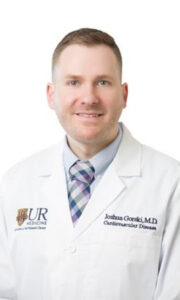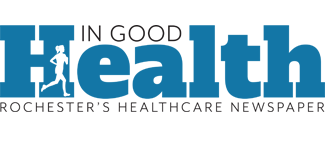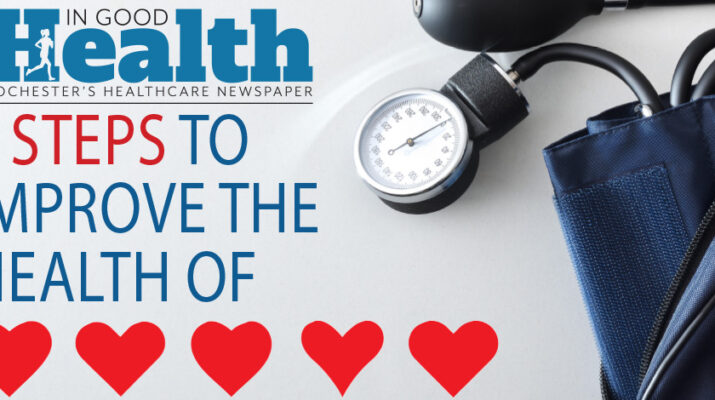By Deborah Jeanne Sergeant

We can’t do anything about the genes our parents gave us. But even if those include heart problems, you can mitigate your risk for heart disease by taking these steps:
Tips from Highland Hospital cardiologist Joshua Gorski:
1. “The biggest thing I can see that promotes heart health is to stay active. People who dedicate time to getting their heart rate up several times a week, like walking, biking and swimming are healthier than those who are inactive. This is in addition to what you do at work or around the house. If it’s something like yard work, you want a sustained effort that keeps the heart rate up.
2. “Know your numbers: blood pressure and cholesterol. A lot of that is done through the primary care physician. High blood pressure has no symptoms but is a No. 1 contributor to heart attack. What you want is 130 as the top number. You can check your blood pressure at the grocery store or pick up a blood pressure cuff online. They’re not expensive and are all really good.
3. “Manage stress and sleep. Chronic stress is not good for the heart. Sleep is not something people report to their doctors. Many primary care providers do not ask their patients whether they’re sleeping well. You have to bring it up to your doctor. Sleep apnea left untreated can have detrimental effects on your heart. If you don’t sleep well, there may be something more going on. You should be seen for this so you can have it addressed as soon as possible.”

Tips from physician Scott C. Feitell, director of Heart Failure and Rochester Regional Health Sands Constellation Heart Institute:
4. “Eat a healthful diet. A growing body of literature suggests our highly processed foods are laden with fats and sugars that do not help your heart. Whole and fresh foods, going more plant-based and Mediterranean type diets have all demonstrated improved cardiac outcomes. Avoid fad diets and overly restrictive diets that are hard to follow. I always advocate for patients to only make one major change or eliminate one food group at a time and go gradual with changes so they can adapt and adhere better to the diet over the long term.
5. “Quit smoking. This is just a no-brainer. Decades and decades of literature clearly demonstrate the link between cigarette smoking and heart disease, peripheral vascular disease and of course lung disease and cancers. There are so many resources and approaches that patients should not give up and keep trying. Talk to your health care provider.”
Learn CPR
Highland Hospital cardiologist Joshua Gorski would like everyone to learn cardiopulmonary resuscitation, also known as CPR.
“It’s one of the only things anyone can do outside of a hospital to save someone who’s in cardiac arrest. It can dramatically improve the chances someone will survive. You can learn it on YouTube and there are courses in the community.”
The gold standard for CPR training is offered by the American Red Cross. Laymen may learn how to perform lifesaving CPR help sustain people until emergency medical care providers can arrive.
To learn more about how you can find an official Red Cross CPR class, visit www.redcross.org/take-a-class. The Red Cross offers both online and in-person classes.

